My Daughter's Desk
September 21, 2023
My 5 year old wants a proper desk (after seeing her friend’s). Her friend’s is pink and the chair is rainbow- all from Amazon, “not expensive”, my friend/the mom assures me. But I’ve been holding out…. because I don’t want to buy another new particle board thing that will be a hassle to find a new home for when we are done with it, which will be within the next few years as my daughter will outgrow it. Also, I just don’t want to buy new particle board, period. Knowing just enough to be dangerous, I’m pretty sure it is made out of sawdust and glue. Google has confirmed this.
I can’t even imagine how many years particle board has to sit in a landfill before it starts to decompose.
So, I’ve been holding out.
I took a break from everyone on Sunday with the intention of finding a garage sale- one of my happy places- and found a great one. It was a combination of a tool clean out and a previous generation’s stuff. I honed right in on a child’s desk. It was solid wood and $25 including a wooden swivel chair. The owner, a man in his 60s, told me that he had used it and his mother before him. It doesn’t look ancient- it just looks like a nice, small wooden desk.
I gave my husband the perfunctory ‘I found this thing I want to buy and I’m pretending like I’m asking you if its okay but I’m still going to buy it’ call and then put it in the back of my car. It felt so good.
We are going to paint it for my daughter. She wants blue and purple stripes on the desk, yellow and green on the chair. We shall see how far we get with that.
I share this story for a few reasons:
How we feel about what we buy matters. I think this is one key differentiator between being a conscientious consumer and a rabid consumer. Yes, buying anything may produce a nice, fleeting feeling, but I would argue that buying something that feels sustainable or better for the planet has a whole other suite of good feelings that are worth the effort, at least for me. Additionally, it comes with none of the guilt of buying something new and of sub-optimal quality (which I do regularly, usually related to offspring desires).
I’ve said this before, but taking away the plethora of doom-scrolling choices is liberating. Not trying to decide between 25 different children’s desks is fantastic. Having one option served up to me at a great price that requires a little customization is the simplest option- and a creative one too.
I love being one in a line of owners. I believe our culture has normalized multiple owners for huge purchases like houses and cars, but we have a long way to go for smaller objects including furniture, appliances, clothing, shoes, toys, etc. (I’m working on normalizing the clothes piece with my business Molte Volte.)
Understanding how something was made and what it’s made of is crucial for our future. This is one of the reasons Digital ID is so important. When people don’t understand and aren’t given the tools to understand what their stuff is made of, by who and how, it makes this all invisible and it’s hard to care or make smart decisions. When consumers are given this information via a QR code on their product, they can make more holistic decisions. I don’t know exactly how the desk was made, or who made it, but I feel good knowing that its made of solid materials - wood and metal- and not some type of monster blend, so typical now in many manufacturing industries including fashion. The origins of mono materials (100% of any one material) and especially natural mono materials like cotton, linen, wool, silk, etc are easier to imagine (usually a plant or an animal), and they are easier to reuse and recycle. (I learned this during my time at EILEEN FISHER Renew; they are able to be innovative and push boundaries with their circular program in large part because the company makes a ton of natural mono material fabrics.)
The End of Products: Neutralizing
I’ve been taking Joe Macleod’s “Endineering” class, and it is taking over my brain on the topic of how things ‘end’. (I cannot recommend it highly enough for anyone interested in sustainability, circularity, regenerative business, and consumerism. You can also just buy his book.) One such example is the concept of ‘neutralizing products’, or what happens to a product at the ends of its life. Can it be neutralized? Neutral, meaning not harmful or helpful, is a great way to describe this. It asks the question, “Can this thing be taken apart, and can the pieces either be reused or put back into the earth without harming it?”
The desk also feels good in this context. The chair is made of pieces of wood and metal. I can imagine it being taken apart by a regular person and the pieces either being reused or recycled. The desk, basically the same. I do wonder about the effect of paint and varnish, which probably makes the whole thing un-recyclable, but I won’t get into that now.
Here’s a quote from Joe’s book, Endineering. He’s discussing how the middle and lower class populations of pre-industrial revolution England used and recycled their possessions.
The boundary between what was useful, collectable, or sellable was also visible and actionable to the consumer. Re-purposing objects, or dismantling what was not used - paper, bones, metal, wood and pretty much any component - was the norm, and these materials were captured and put into the recycling system. The recaptured materials were also sold to the Rag and Bone man, who became the cornerstone of consumer closure experiences. He represented the boundary between use in the home and raw materials passed on for cash, exchange or even credit, brokering the boundary between consumption and manufacturing. The Rag and Bone man also handed back resources to the factories, who would start the whole process again. Rag and Bone men encouraged people to be active at the end of the consumption process. Consumers consciously ended the journey, seeing the utility in that item and breaking it apart, neutralising it into base materials again, both actionable and visible.
I think I could take this desk apart and recycle it- or I could probably even take it to a used furniture warehouse who would be able to use its components to fix other broken furniture. This would be a very uncommon endeavor today. For the furniture in my neighborhood, we are encouraged and allowed to put furniture out on the curb one night per week. It is picked up by the garbage truck and literally smashed into smithereens ahead of its trip to the dump where it will join a billion other small pieces of the waste from our lives. I am not claiming to have never participated in this practice, but I have also been known to go out on the evening before the pick up, trolling for treasure, limping home with a table in one hand and a lamp in the other. It reminds me of something Nellie Cohen (who used to run Patagonia’s Worn Wear program) shared with me many years ago when we were both managing resale programs for large brands. She said that inside Patagonia they call damaged or unsellable goods ‘puppies’. I feel this way too about all of the perfectly good products around us that can continue to have a useful life.
Another quote from Joe’s book, this time from Christine Frederick who wrote a book in 1929 called Selling Mrs. Consumer.
“We have subscribed whole-heartedly to the consumer idea that goods should not be consumed up to the last ounce of their usability; but that in an industrial era Mrs. Consumer is happiest and best served if she consumes goods at the same approximate rate of change and improvement that science and art and machinery can make possible.”
This was 100 years ago! Yes, we stopped using things for the longevity of their useful life and started using them for only as long as they keep our interest or we find them attractive. I participate in this cycle and it’s weighing heavy on me these days.
A Dose of Inspiration
Someone who is working on creating better endings every day is Dave Bennink. He specializes in deconstruction, taking buildings apart methodically and reusing the pieces, not just smashing them and throwing everything in the landfill as is the common practice of taking down a building. I would draw a parallel to how we throw just about everything in our household garbage, co-mingling so many different types of objects that they all become one un-sortable blob as soon as they hit the can. (This is something else Joe talks about in Endineering, the invention of the co-mingled garbage.) Definitely check out Dave’s website and what he does; it makes me happy!
Untangling Circularity Podcast
Listen to our new podcast about American textile waste with Marisa Adler.
Until next week,
Cynthia
cynthia@moltevolte.com


